Author: Chris Joyce
Scientific name: Myoporum acuminatum subsp australe
This delightful plant is far tougher than it looks. An inhabitant of coastal wetlands north from Southern NSW to Far North Queensland; its ability to tolerate salt and long periods of dryness experienced in these environments make this one tough little customer.
The leaves are egg shaped, thick and glossy and arranged alternately on the stem. White flowers with 5 petals form the shape of a rosette and appear through Spring/Summer often with purple spotting within the throat of the flower. These are followed by a smallish purple drupe or berry.
It is an understory plant often found below Mangrove, Eucalypt and Casuarina vegetation communities and has a sprawling habit reaching a nominal height of half a metre and will grow in full sun to part shade. The shrub is quite common within the Hays Inlet catchment. The flowers although small are numerous and later in the season are often accompanied by the fruit making. This is a very attractive small shrub.
The environment in which it grows is harsh one and only a limited number of species can thrive successfully making this plant an excellent specimen for re-vegetation projects and indeed deserving of a place in coastal gardens. Like many plants found in harsh environments it has the ability to close its stomata on the underside of the leaves to prevent water loss during hot and dry conditions.
Birds, marsupials and mammals are known to eat the fruits and Indigenous people used the berries to flavour their cooking as the berry was considered too bitter to eat on its own.
References:-
https://en.wikipedia.org/wiki/Myoporum_boninense
http://plantnet.rbgsyd.nsw.gov.au/cgi-bin/NSWfl.pl?page=nswfl&lvl=sp&name=Myoporum~boninense
http://bie.ala.org.au/species/MYOPORUM+BONINENSE+SUBSP.+AUSTRALE
http://coolumnatives.com/wordpress/vines-and-groundcovers/
Scientific name: Myoporum acuminatum subsp australe
This delightful plant is far tougher than it looks. An inhabitant of coastal wetlands north from Southern NSW to Far North Queensland; its ability to tolerate salt and long periods of dryness experienced in these environments make this one tough little customer.
The leaves are egg shaped, thick and glossy and arranged alternately on the stem. White flowers with 5 petals form the shape of a rosette and appear through Spring/Summer often with purple spotting within the throat of the flower. These are followed by a smallish purple drupe or berry.
It is an understory plant often found below Mangrove, Eucalypt and Casuarina vegetation communities and has a sprawling habit reaching a nominal height of half a metre and will grow in full sun to part shade. The shrub is quite common within the Hays Inlet catchment. The flowers although small are numerous and later in the season are often accompanied by the fruit making. This is a very attractive small shrub.
The environment in which it grows is harsh one and only a limited number of species can thrive successfully making this plant an excellent specimen for re-vegetation projects and indeed deserving of a place in coastal gardens. Like many plants found in harsh environments it has the ability to close its stomata on the underside of the leaves to prevent water loss during hot and dry conditions.
Birds, marsupials and mammals are known to eat the fruits and Indigenous people used the berries to flavour their cooking as the berry was considered too bitter to eat on its own.
References:-
https://en.wikipedia.org/wiki/Myoporum_boninense
http://plantnet.rbgsyd.nsw.gov.au/cgi-bin/NSWfl.pl?page=nswfl&lvl=sp&name=Myoporum~boninense
http://bie.ala.org.au/species/MYOPORUM+BONINENSE+SUBSP.+AUSTRALE
http://coolumnatives.com/wordpress/vines-and-groundcovers/

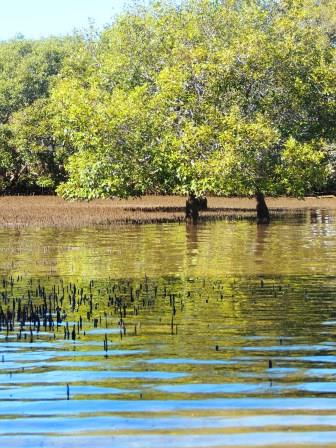
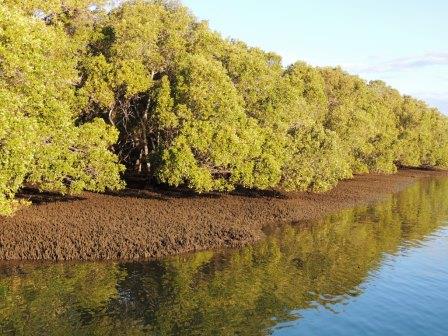
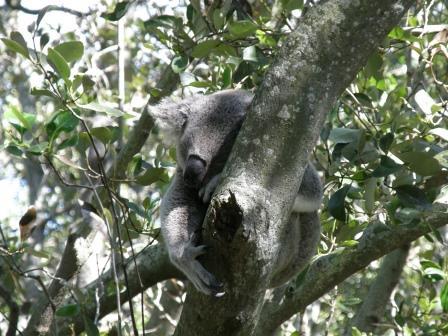
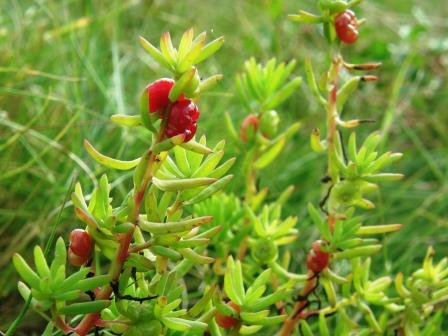
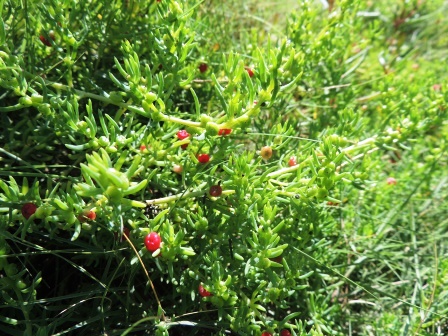
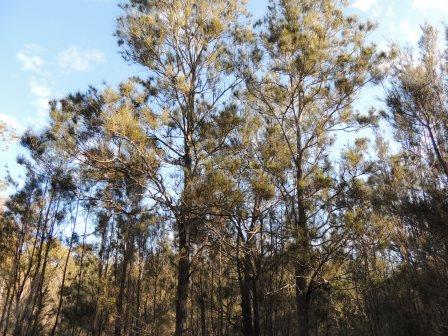

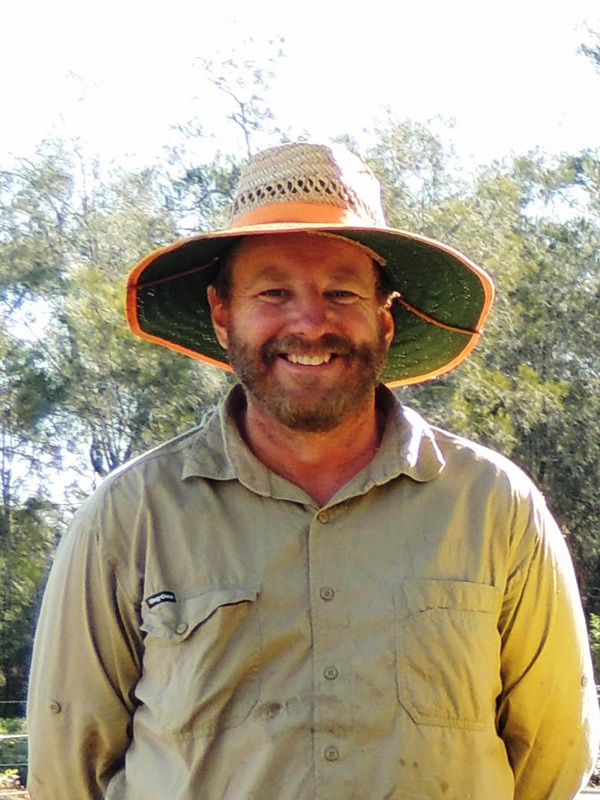
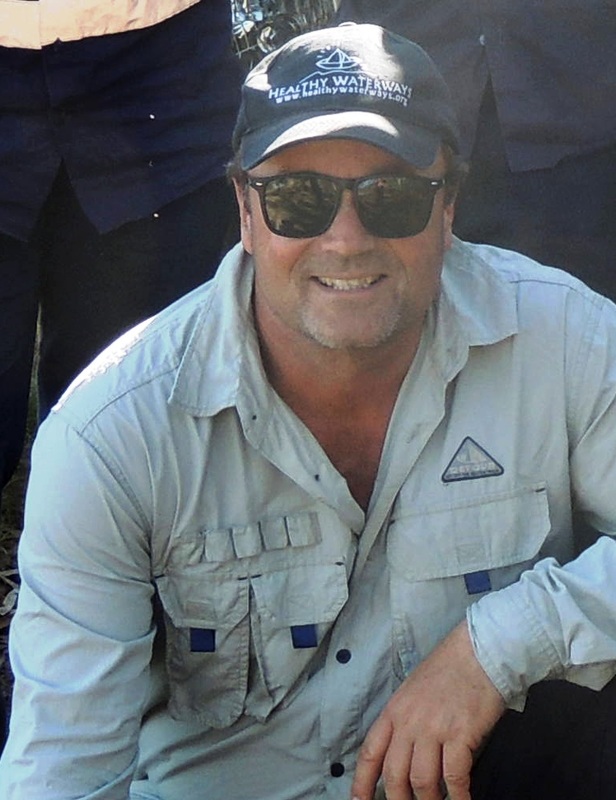
 RSS Feed
RSS Feed
